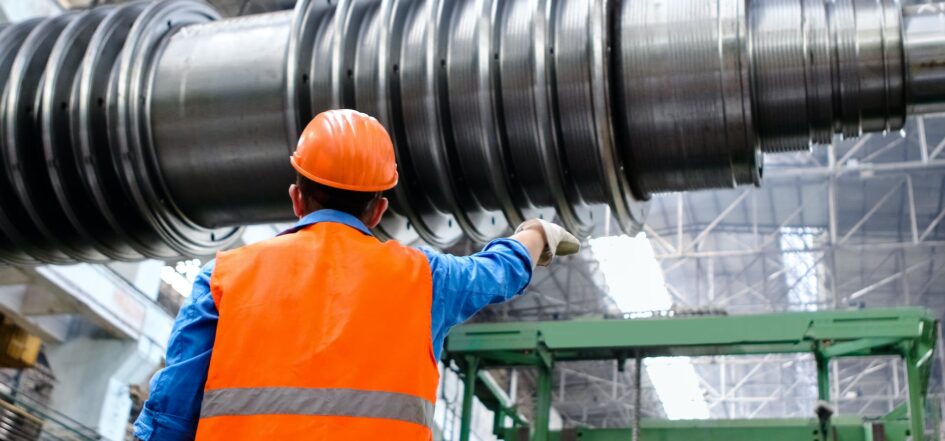- May 25, 2024
- Lokhandwala Traders
The Role of Iron and Steel in Modern Architecture:
The Role of Iron and Steel in Modern Architecture, offering unparalleled strength and versatility. These materials enable architects to design innovative structures that were once deemed impossible. From towering skyscrapers to expansive bridges, iron and steel provide the essential support and flexibility required for contemporary designs. Their ability to withstand extreme weather conditions and immense loads makes them indispensable in constructing durable and sustainable buildings. Additionally, the aesthetic appeal of steel, with its sleek and modern look, enhances the visual impact of architectural masterpieces. As we move towards more ambitious architectural feats, the role of iron and steel continues to be pivotal.
Strength and Durability:
Iron and steel are renowned for their exceptional strength and durability, making them cornerstone materials in modern architecture. The high tensile strength of steel allows it to support immense loads, which is crucial for constructing skyscrapers, bridges, and other large structures, thus shaping the future of the Iron and Steel Industry.
Versatility in Design:
Iron and steel offer unparalleled versatility in design, allowing architects to create innovative and complex structures. Their flexibility supports diverse architectural styles, from sleek modern buildings to intricate, curvilinear forms, enabling a wide range of aesthetic and functional possibilities in construction.

Sustainability:
Steel is a sustainable choice in architecture due to its reliability and long lifespan. It can be reused without losing strength or quality, reducing environmental impact. Sustainable practices in steel production, such as energy-efficient manufacturing and reduced emissions, further enhance its Eco-friendly credentials in modern construction.
Aesthetic Appeal:
Steel’s sleek, modern appearance enhances architectural designs with a contemporary look. Its ability to be molded into various shapes and finishes allows for unique, eye-catching structures. The clean lines and reflective surfaces of steel contribute to striking visual effects, making it a popular choice for iconic buildings.

Cost-Effectiveness:
Iron and steel are cost-effective materials for construction due to their durability, availability, and efficient manufacturing processes. Prefabrication and rapid assembly reduce labor costs and construction time. Their long lifespan and low maintenance requirements also contribute to overall savings, making them an economical choice for large projects.
Resistance to Environmental Factors:
Steel structures are highly resistant to environmental factors such as extreme weather, corrosion, and pests. Protective coatings enhance their durability against rust and degradation. This resilience ensures longevity and safety, making steel an ideal choice for buildings in diverse and challenging climates.
Conclusion:
Iron and steel have undeniably transformed modern architecture, enabling the creation of structures that are both innovative and enduring. Their exceptional strength, versatility, and aesthetic appeal make them indispensable in contemporary building projects. By integrating sustainable practices, the iron and steel industry also supports environmental responsibility. As we look to the future, these materials will remain central to architectural innovation, driving the development of safe, efficient, and visually striking buildings that define our skylines and communities.
FAQ’S:
What are the main benefits of using steel in construction?
Steel offers exceptional strength, versatility, and a modern aesthetic, making it ideal for various architectural projects.
Can steel be recycled?
Yes, steel is fully recyclable, which makes it a sustainable choice for construction.
Why is steel considered durable?
Steel is resistant to extreme weather, pests, and wear, ensuring long-lasting structural integrity.
How does steel contribute to innovative design?
Steel’s flexibility allows architects to create unique and complex structures that are not possible with other materials.
What are common methods to prevent steel corrosion?
Applying protective coatings and using stainless steel are effective ways to prevent corrosion and extend the lifespan of steel structures.
